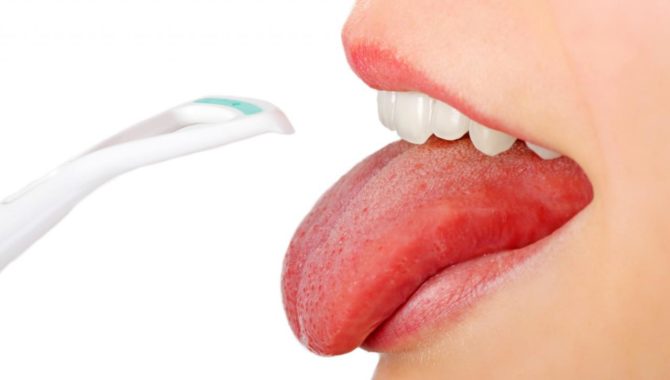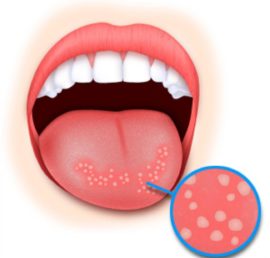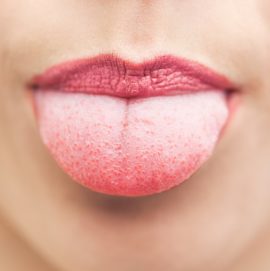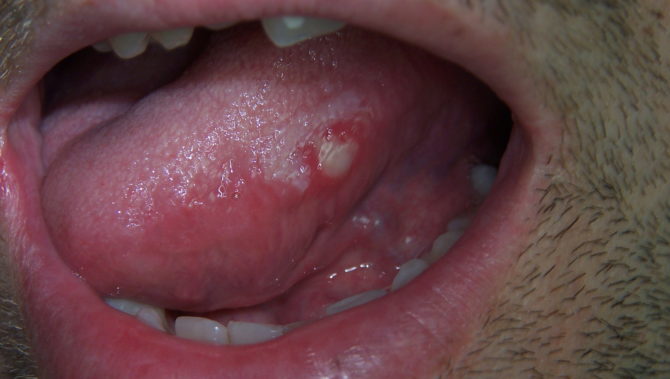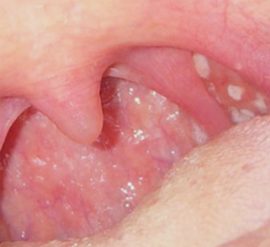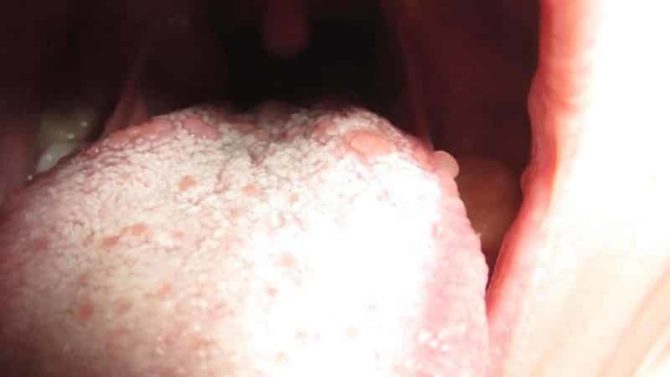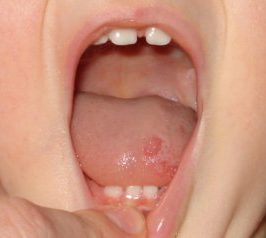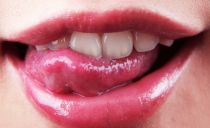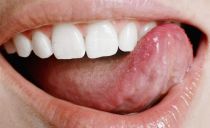Blisters and vesicles in the tongue: types, causes, therapy
The tongue is a muscular organ that responds to the occurrence of any pathologies in the human body by a change in color, the appearance of plaque, ulcers, filled with fluid cavities. A number of formations and small irritations can disappear without medication, with the help of rinses and compresses. Blisters on the tongue can provoke the development of serious diseases, therefore, their treatment requires mandatory medical advice.
Content
Causes of blisters on the root and body of the tongue
A healthy person has a pale pink tongue; its structure is symmetrical, the surface is velvety. If there are infectious agents in the body, the symptoms change, and a dense coating appears on the mucosa with numerous blisters localized on different parts of the unpaired outgrowth.
Visually, rashes look like group (less often single) translucent neoplasms with a liquid inside. The color of the bubbles varies from white to cyanosis - red, often they are outlined by an inflamed edging of pink shades.
The most common causes of white bubbles in the tongue are thermal burns of the second degree, caused by excessively hot food, drinks. In case of accidental ingestion of acids (alkalis) on the mucous membrane of the oral cavity, chemical burns occur that are also accompanied by rashes.
White blisters on the tongue appear in smokers. Rashes can develop into cancer.
Infectious lesions of the body, accompanied by the appearance of blisters (near the throat, on the body of the tongue), are classified into several groups. Among the causes of blistering are respiratory system pathologies, dental diseases, and diseases caused by viral infectious agents.
Candidiasis stomatitis
The disease develops against a background of dysbiosis, often during prolonged use of antibiotics with a wide range of effects on microorganisms. It appears in the form of thrush:
- mixed form;
- fungal view.
It begins with the appearance on the mucous membranes of the point formations of a whitish hue, which after 48 hours merge into a curdled white coating tightly adhered to the tissues of the oral cavity. A detailed study around the perimeter of the tongue reveals small bubbles.
The pathological condition is accompanied by burning, difficulty in the process of eating.
It is diagnosed both in an adult patient and in a child (including a newborn).
Dermatological diseases
Blisters in the tongue often enough indicate that the patient has such ailments as:
- atopic dermatitis;
- lichen.
Diseases affect both the skin and oral mucosa. Characterized by the appearance of red blisters in the tongue, located closer to the throat. The bubbles are filled with a colorless liquid that can spread from the oral cavity to the surface of the face (nose wings, lips).
Both children and adults can suffer from these ailments.
Herpetic infection
The sharp increase in the colonies of the herpes virus in the body is the cause of plaque in the tongue.When immunity is lowered, curdled deposits are accompanied by the appearance of neoplasms. To correctly identify the blisters located at the very root of the tongue, you should familiarize yourself with the photo:
When bursting, the bubbles release watery contents into the oral cavity, which contributes to the further spread of pathogens. An ulcer forms at the location of the blister.
Additional symptoms of the disease are high fever, general weakness, chills, depression of appetite and pain in the mouth. Both adults and children can get sick with the disease.
In a child infected with herpes virus, there are violations of the digestive tract (diarrhea), an increase in lymph nodes. A white dense coating appears on the root of the tongue, later rashes are found.
Pathology of the respiratory system
Among the diseases of the upper respiratory tract, accompanied by inflammatory processes in the mouth, include:
- angina;
- chronic pharyngitis.
Blisters at the root of the tongue that occur with the above diseases do not cause much discomfort in humans. Visually, the bubble near the throat looks like a conical red neoplasm (you can see it in more detail in the photo).
The red color of the bubbles at the very root of the tongue has one feature: they interfere with speaking, but do not hurt
All age categories of patients can get sick.
Dental diseases
Diseases such as gingivitis and caries also cause blisters at the root of the tongue (the latter are concomitant symptoms of the disease). The main signs of the disease are: enamel pigmentation, defects in the hard tissues of the teeth, bleeding gums.
Chickenpox, scarlet fever
Blisters at the root of the tongue are the first signs of the infectious diseases in question. Small bubbles are filled with gray-yellow exudate. Neoplasms that appear on the tongue cause pain, burning sensation during swallowing movements. Ailments are accompanied by general weakness, fever. With scarlet fever, laryngeal edema occurs.
Chicken pox is more often diagnosed in a small child than in an adult, but in clinical practice, cases of re-infection at an older age are not uncommon (patients who have had the disease in the first few years of life are ill).
First aid
Bubbles in the language cannot be ignored. If rashes are found, it is necessary to contact a medical institution for examination and for advice from a doctor.
If it is not possible to visit the therapist, then the following measures are recommended to alleviate the patient’s condition:
- Rinse. The use of antiseptics "Miramistin", "Chlorhexidine" is allowed. It is possible to disinfect neoplasms that appear on the root of a muscle organ with a solution of Furacilin. It is recommended to rinse your mouth with decoctions of herbs (calendula, chamomile). Multiplicity of procedures - at least 3-4 times a day. A blister in the tongue (both on the body of a muscle organ and near the throat) is treated with concentrated solutions of soda or a mixture of soda and salt.
- The use of an antifungal drug. Blisters found in the tongue with candidal stomatitis are advised to be treated by using the medication Nystatin.
- Painkillers medicines.
Dentists recommend regular cleaning of the surface of the oral cavity from accumulating plaque using a special tool (scraper). At the end of the manipulation, it is necessary to carefully massage the body of the tongue with a soft-bristled toothbrush.
Additional ways to reduce pain and irritation of the mucous membranes in the presence of small white bubbles are a complete rejection of bad habits, a strict diet.
Traditional medicine recommends treating red vesicles with the help of infusions of sage and oak bark.
After removing the acute symptoms of the disease and alleviating the general condition of the patient, you should contact a specialist of the medical clinic who will advise the necessary treatment regimen taking into account the severity of the disease and the frequency of manifestations of exacerbations.
special instructions
In order to exclude the attachment of a secondary infection and prevent the penetration of diseases deeper into the larynx, it is prohibited:
- be treated independently, without consulting a doctor;
- scratch neoplasms, touch with your fingers;
- brush your teeth more than 2 times a day;
- talk a lot (with active articulation, there is a danger of opening neoplasms in the language of both the child and the adult, which will lead to an ulcer);
- smoke, drink alcohol;
- consume citrus fruits, salty foods, spicy seasonings.
Close contacts are also not recommended (in order to avoid infection of loved ones).
Treatment of blisters in the tongue of a child
Blisters that appear in the child’s tongue require a mandatory examination in a medical facility.
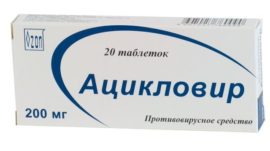 Initial treatment at home should include:
Initial treatment at home should include:
- rinsing with antiseptic solutions;
- the use of local antiherpetic liniment (Acyclovir, Viferon), aloe juice.
Lubricate the inflamed mucosa with these medications every 8 hours.
If the problem persists after 2-3 days, then you should contact the hospital or call a pediatrician at home.
It will be possible to cure a small inflammatory process on the tongue in a child with the help of herbs.
Therapy with folk remedies in pediatrics is allowed to a reasonable extent. Before using medicinal decoctions, it is necessary to make sure that the baby is not individually intolerant of the components of the medicinal composition.
With angina, it is allowed to use warm compresses on the throat (in small doses).
If, following all medical recommendations, the child continues to get sick, fever appears, plaque on the root of the tongue becomes denser, then hospitalization of a small patient is indicated.
Adult Therapy Schemes
The diagnosis of "Thermal burn" in the presence of small blisters in the oral cavity does not require additional laboratory tests. When contacting the clinic, a specialist will make a diagnosis based on a general examination of the patient and his questioning.
When visiting a therapist with complaints of the appearance of red bubbles in the oral cavity of unknown etiology, the doctor will recommend additional studies (to clarify the diagnosis).
Considered diagnostics include:
- general analysis of body fluids (blood);
- scraping of the mucosa.
Comprehensive research results will confirm the initial diagnosis, clarify the cause of the disease and prescribe an adequate treatment regimen.
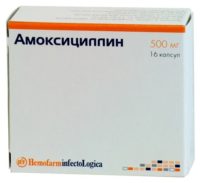 Treatment regimens are made taking into account the type of disease:
Treatment regimens are made taking into account the type of disease:
- when identifying the allergic genesis of neoplasms that have arisen near the muscular organ, antihistamines will be involved;
- with deep ulcers resulting from herpes, the medications “Erazaban”, “Famciclovir” are used;
- antibiotics Amoxicillin, Azithromycin are used to combat the colonies of the bacteria that caused the disease.)
After treatment, the specialist will recommend using prebiotics, probiotics; strengthen immunity.
Modern medicine identifies many causes of blisters on a muscle organ. Regardless of the etiology of the disease, a visit to a doctor should not be canceled: adequate therapy will reduce the risk of developing pathologies of the disease.

